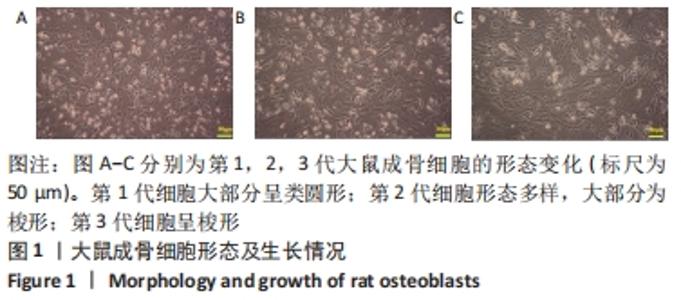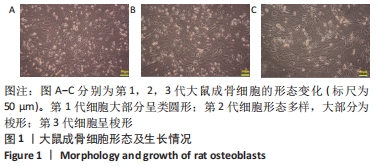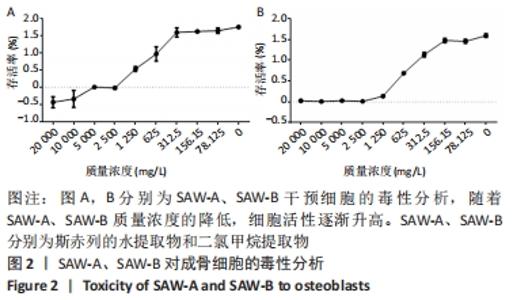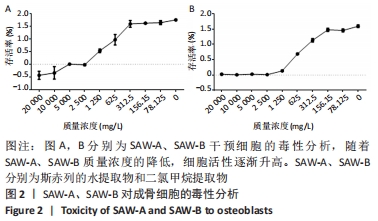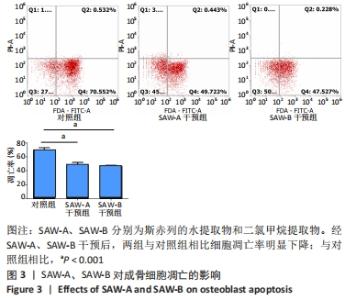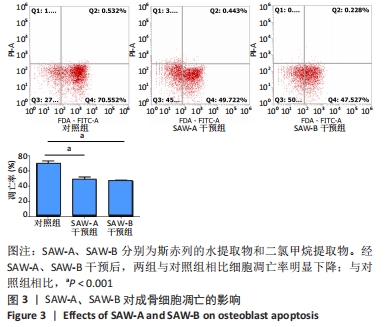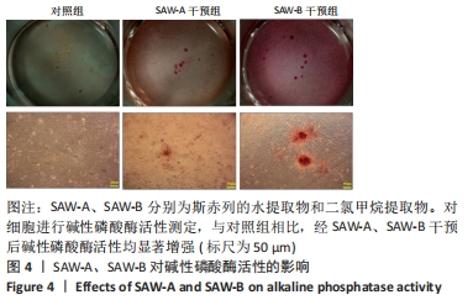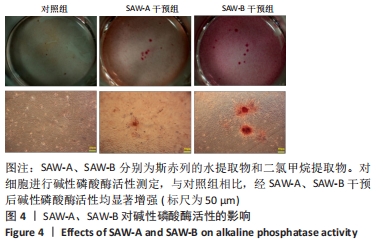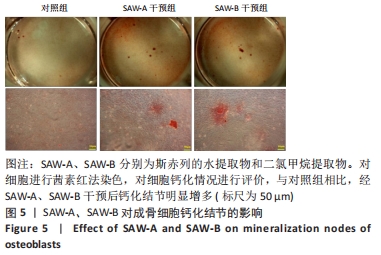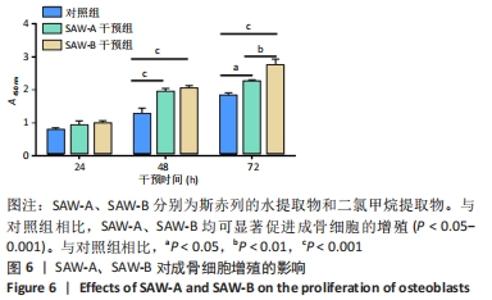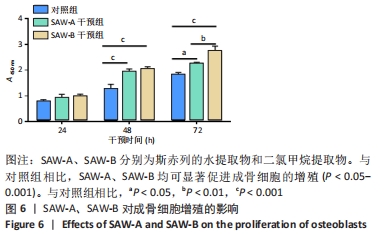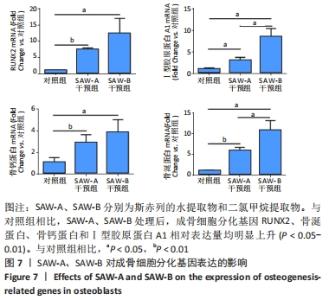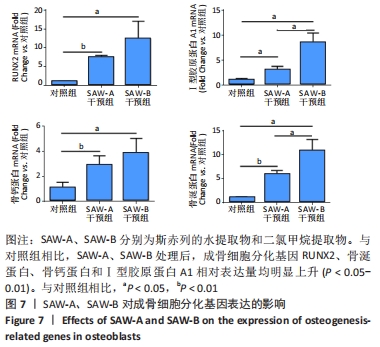[1] ABUNA RPF, ALMEIDA LO, SOUZA ATP, et al. Osteoporosis and osteoblasts cocultured with adipocytes inhibit osteoblast differentiation by downregulating histone acetylation. J Cell Physiol. 2021;236(5): 3906-3917.
[2] 白璧辉,谢兴文,李鼎鹏,等.我国近5年来骨质疏松症流行病学研究现状[J].中国骨质疏松杂志,2018,24(2):253-258.
[3] 张萌萌,张秀珍,邓伟民,等.骨代谢生化指标临床应用专家共识(2019)[J].中国骨质疏松杂志,2019,25(10):1357-1372.
[4] 中国骨质疏松症流行病学调查及“健康骨骼”专项行动结果发布[J].中华骨质疏松和骨矿盐疾病杂志,2019,12(4):317-318.
[5] 孟汶.原发性骨质疏松症诊疗指南[A].中国医师协会、中国医师协会疼痛科医师分会、《中国疼痛医学杂志》编辑部.2018中国医师协会疼痛科医师分会年会资料汇编[C].中国医师协会、中国医师协会疼痛科医师分会、《中国疼痛医学杂志》编辑部:《中国疼痛医学杂志》编辑部,2018:6.
[6] 单祎娜,王莉.骨质疏松症诊断和治疗进展[J].医学综述,2019, 25(18):3652-3656+3661.
[7] BELLAVIA D, DIMARCO E, COSTA V, et al. Flavonoids in bone erosive diseases: perspectives in osteoporosis treatment. Trends Endocrinol Metab. 2021;32(2):76-94.
[8] BELLAVIA D, DE LUCA A, CARINA V, et al. Deregulated miRNAs in bone health: epigenetic roles in osteoporosis. Bone. 2019;122:52-75.
[9] 夏维波,章振林,林华,等.原发性骨质疏松症诊疗指南(2017)[J].中国骨质疏松杂志,2019,25(3):281-309.
[10] 马远征,王以朋,刘强,等.中国老年骨质疏松症诊疗指南(2018)[J].中国骨质疏松杂志,2018,24(12):1541-1567.
[11] YIN ZQ, ZHU W, WU Q, et al. Glycyrrhizic acid suppresses osteoclast differentiation and postmenopausal osteoporosis by modulating the NF-κB, ERK, and JNK signaling pathways. Eur J Clin Pharmacol. 2019; 859:172550.
[12] 云南省食品药品监督管理局.云南省中药材标准[M].第1册.昆明:云南美术出版社,2005.
[13] 杨本雷.中国彝族药学[M].昆明:云南民族出版社,2004.
[14] 云南省食品药品监督管理局.彝族药[M]. 云南省中药材标准:2005版. 第6册. 昆明:云南科技出版社,2010.
[15] 云南省卫生局革命委员会.云南中草药[M].昆明:云南人民出版社,1971.
[16] 李巧月,王葳,仇贤庆,等. 彝药斯赤列地上部分挥发油研究[J].中南药学,2019,17(10):1655-1658.
[17] YOU WL, XU ZL. β-ecdysone promotes osteogenic differentiation of bone marrow mesenchymal stem cells. J Med Genet. 2020;22(9): e3207.
[18] 孙姗姗,林景广.成骨生长肽对鼠骨髓间充质干细胞增殖及成骨分化的作用[J].中国生物制品学杂志,2020,33(9):989-994.
[19] 刘冬丽,王葳,陈飞龙,等.血满草化学成分及生物活性的研究进展[J].华西药学杂志,2018,33(6):542-545.
[20] 陈晓珍,李国友,吴晓青,等.血满草的化学成分[J].应用与环境生物学报,2010,16(2):197-201.
[21] 张森,张娜,杨增明,等.云南习用药材血满草的质量标准研究[J].云南中医学院学报,2008,31(1):17-21.
[22] BARHANPURKAR AP, GUPTA N, SRIVASTAVA RK, et al. IL-3 promotes osteoblast differentiation and bone formation in human mesenchymal stem cells. Biochem Biophys Res Commun. 2012;418(4):669-675.
[23] EASTELL R, SZULC P. Use of bone turnover markers in postmenopausal osteoporosis. Lancet Diabetes Endo. 2017;5(11):908-923.
[24] CHANG YH, HU CC, WU YY, et al. Ibudilast mitigates delayed bone Healing caused by lipopolysaccharide by altering osteoblast and osteoclast activity. Int J Mol Sci. 2021;22(3):1169-1179.
[25] 姚顺晗,廖亮,覃家港,等. 罗汉果皂苷V刺激成骨细胞增殖与分化[J].中国组织工程研究,2019,23(29):4701-4706.
[26] LIU TM, LEE EH. Transcriptional regulatory cascades in Runx2-dependent bone development. Tissue Eng Part B Rev. 2013;19(3):254-263.
[27] 林辉.AMPK对BMP信号通路以及异位骨化的抑制作用[D].南昌:南昌大学,2017.
[28] RODRIGUES EM, VIOLA KS, GOMES-CORNÉLIO AL, et al. Sugarcane cystatin CaneCPI-1 promotes osteogenic differentiation in human dental pulp cells: a new insight into cysteine proteases inhibitors. Int Endod J. 2020;53(11):1485-1493.
[29] ZHANG Q, ZUO HY, YU ST, et al. RUNX2 co-operates with EGR1 to regulate osteogenic differentiation through Htra1 enhancers. J Cell Physiol. 2020;235(11):8601-8612.
[30] HAN Y, KIM YM, KIM HS, et al. Melatonin promotes osteoblast differentiation by regulating Osterix protein stability and expression. Sci Rep. 2017;7(1):5716-5727.
[31] OMAGARI D, HAYATSU M, YAMAMOTO K, et al. Gap junction with MLO-A5 osteoblast-like cell line induces ALP and BSP transcription of 3T3-L1 pre-adipocyte like cell line via Hspb1 while retaining adipogenic differentiation ability. Bone. 2020;141:115596.
[32] NAKAJIMA Y, KATO N, NAKAYAMA Y, et al. Effect of chlorpromazine on bone sialoprotein (BSP) gene transcription. J Cel Physiol. 2006;97(6): 1198-1206.
[33] LIU C, ZHANG H, JANI P, et al. FAM20C regulates osteoblast behaviors and intracellular signaling pathways in a cell-autonomous manner. J Cell Physiol. 2018;233(4):3476-3486.
|
